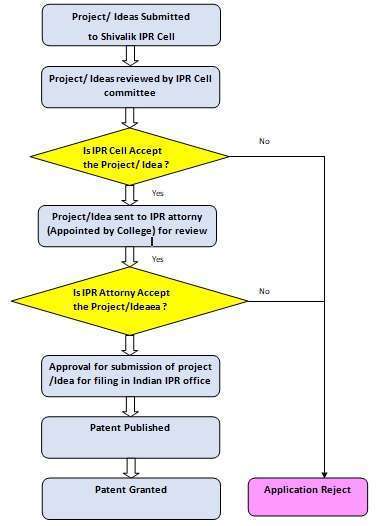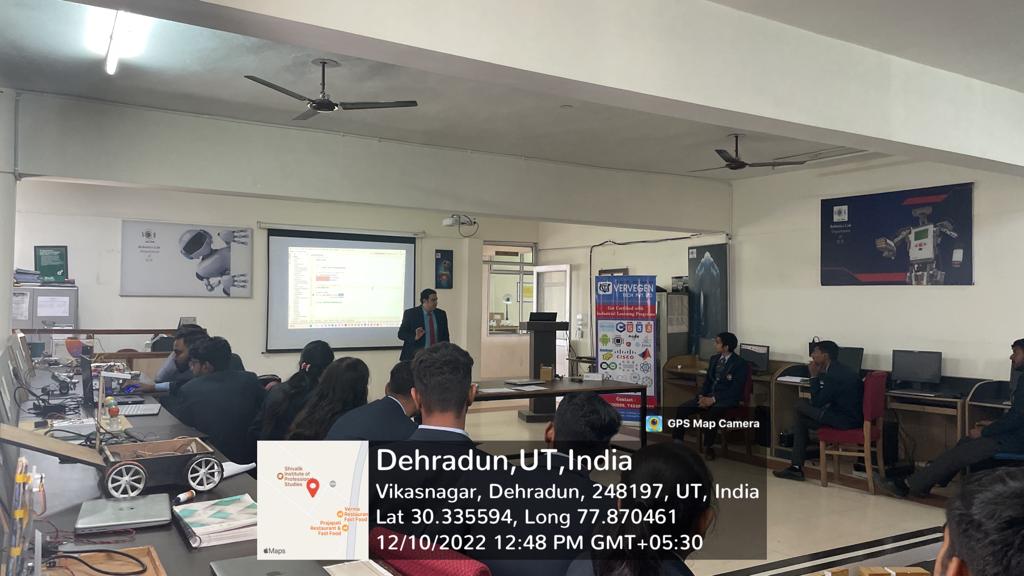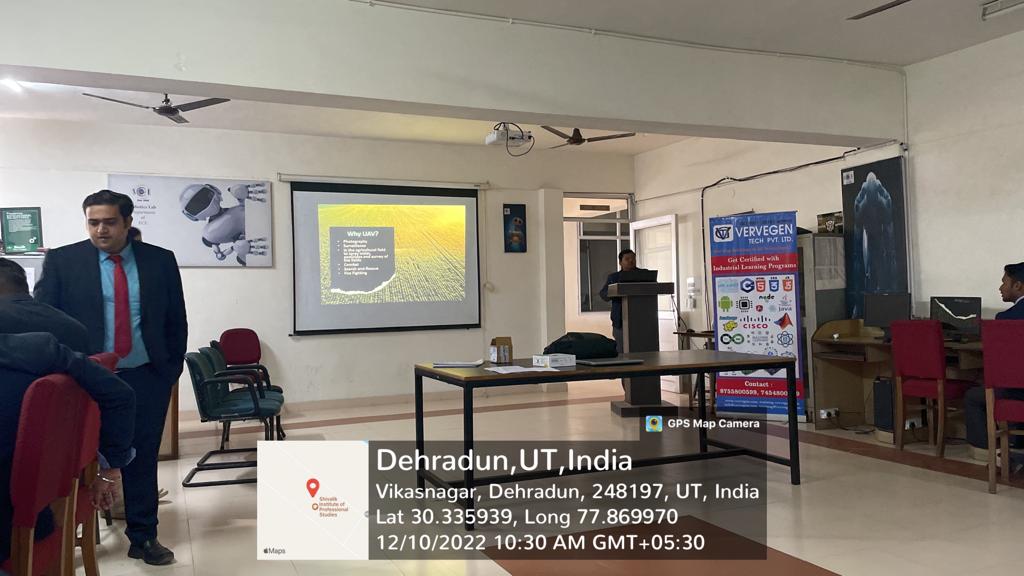call now 9997155111
1. Title of the Practice:
Engineering solutions for societal problems by disseminating awareness, understanding and application of Intellectual Proper Rights(IPR) among the students.
2. Objectives of the Practice:
3. The Context:
Intellectual property pertains the originality of the human intellect such as literacy, technical or scientific creations. IPR refers to the legal rights given to the inventor or creator to protect his invention or creation for a certain period of time. There are several intellectual property protections like patent, copyright, trademark etc. IPR is prerequisite for better identification, planning, commercialization, rendering of the products. It provides a mechanism of handling infringement, piracy, and unauthorized use of the invention. As per the vision of Shivalik College of Engineering “To be a premier technical institution that provides experiential learning and multi-disciplinary research to develop socially responsible and competent professionals” we at Shivalik College are committed to provide experiential learning and multi disciplinary research to our students in order to make them socially responsible. In order to fulfill this SCE vision, the institute has a vibrant IPR Cell which work in close coordination with IIC and KPILA (An AICTE Scheme) to make students and faculty aware of Research and IPR.
Shivalik IPR Cell mentors and helps students and faculty members in drafting the patent application and also providing financial support to them. The students are encouraged to produce Ideas/Designs/Projects which could solve societal problems by engineering solutions.
Engineering Solutions such as Solar Sewage Cleaning Machine, Portable Handicapped Crutch for visually challenged people, Solar powered Grass Cutting Device for gardeners, Remote Controlled Shutter System for small shopkeepers, Electric Bicycle Prototype for commute, Paddled powered washing machine for household and many more have been made/designed and patented by the stake holders of SCE.
4. The Practice

5. Evidence of success:
From the inception of this best practice students and faculty members of Shivalik College of Engineering have solved more than 100 societal problems and published 42 patents out of them. The summary of the Patents File and Published is as follows:
| Glimpses of Student Innovations which turns into Patents | |
 |
 |
| Multiple Crop Cutting Machine | Solar Powered Sewage Cleaning Machine |
 |
 |
| Remot Controlled Shutter | LPG Based Refrigeration System |
 |
 |
| Research Lab-1 | Research Lab-2 |
| SHIVALIK COLLEGE OF ENGINEERING, DEHRADUN | |||
| IPR/Patents Summary Report | |||
| Year | Patents Filed | Patents Published | Patents Granted |
| 2022 | 36 | 36 | 0 |
| 2021 | 6 | 6 | 3 |
| 2020 | 6 | 0 | 0 |
| 2019 | 0 | 0 | 0 |
| 2018 | 0 | 0 | 0 |
| 2017 | 0 | 0 | 0 |
6. Problem encountered and resources required
BEST PRACTICE –II
1. Title of the practice: Introduces Value Added Courses (VACs) to bridge Industry Academia Gaps.
2. Objectives of the Practice
3. The Context of the Practice: The Value Added Courses aim to provide additional learner-centric graded skill-oriented technical training, with the primary objective of improving the employability skills of engineering students.The courses focus on skill developments in which 50% of the time is spent on practical training. The students are trained to understand the academic topics from engineering disciplines, so that they can solve the real world engineering problems.
4. The practice:
5. Evidence of Success
6. Problem encountered and resources required
 |
 |
| Academic Year | No of Students Enrolled |
| 2021-22 | 599 |
| 2020-21 | 626 |
| 2019-20 | 715 |
| 2018-17 | 773 |
| 2017-18 | 822 |
| Total | 3535 |